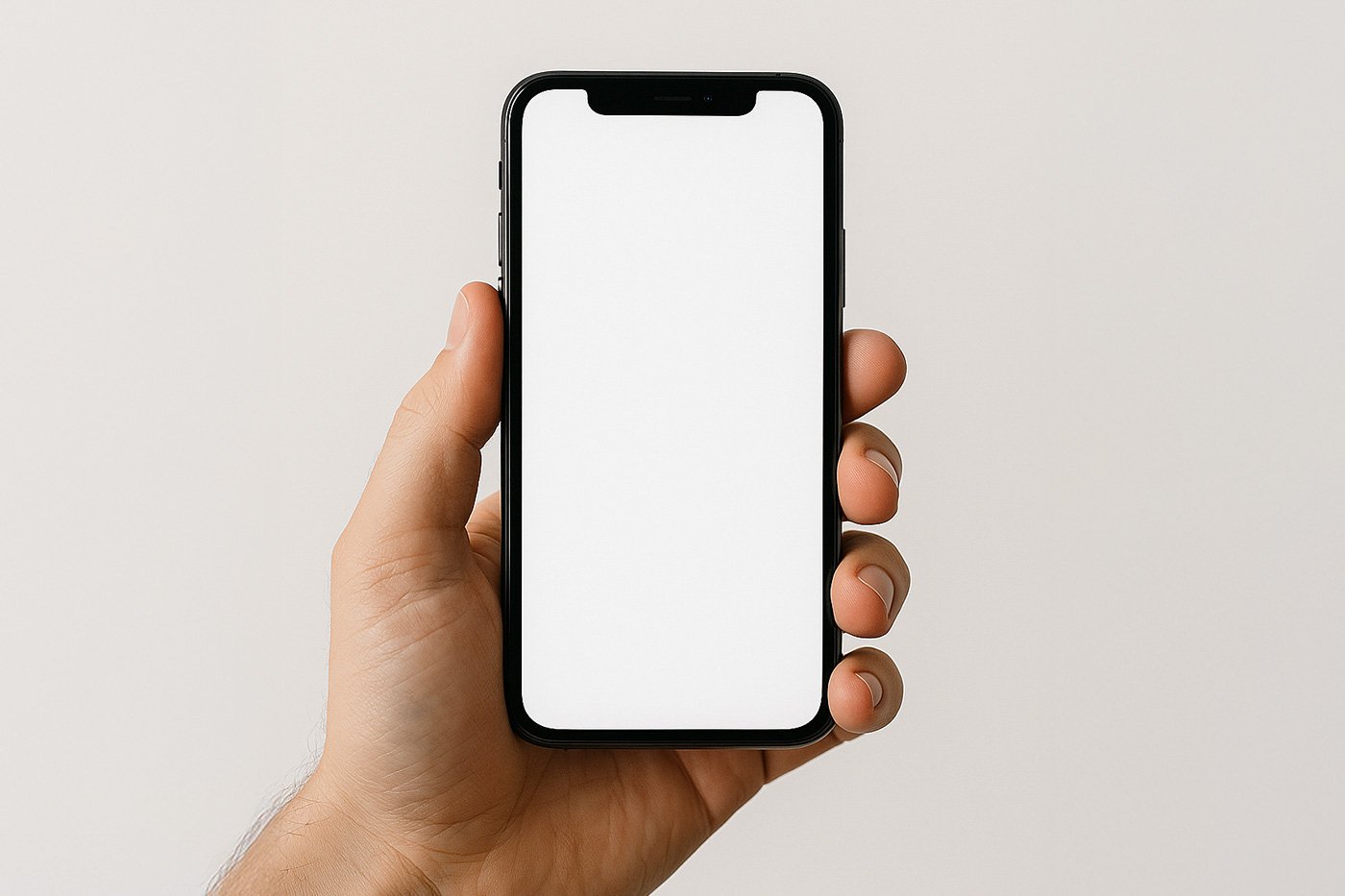The Hidden Trap of To-Do Lists. Productivity or Anxiety?
There’s a small thrill in striking a line through something you wrote down in the morning. That bold stroke on the page feels almost ritualistic, a temporary full stop that gives your brain a quick hit of dopamine. But behind this satisfaction lies the hidden trap of to-do lists: they create the illusion of progress while keeping us chained to shallow tasks that don’t always move us closer to what truly matters.
We live in a culture that has turned productivity into a kind of silent religion. And its scripture, for many, is the to-do list. What begins as a harmless tool for organization—often genuinely useful—slowly morphs into a psychological tyranny. The list stops being a guide and becomes a demanding master, never satisfied. For every item checked off, two more appear. Completion is always out of reach, like a horizon that keeps receding no matter how far we walk.
Neuroscience helps explain why we’re hooked. Studies show that completing a task triggers a release of dopamine, the brain’s “reward” chemical—the same circuit activated when eating sweets or getting a like on social media. The act of crossing something off becomes addictive, even when the task itself doesn’t matter much. That’s why so many of us sneak in easy items—“send email,” “call the bank,” “buy bread”—not because they’re important, but because they deliver that quick sense of control. It’s a kind of pseudo-productivity—busywork disguised as significance.
This dynamic mirrors the logic of social media: there’s always something new, always another fleeting reward. The problem is that this sense of progress is shallow. You can spend an entire day checking boxes and still realize, by nightfall, that nothing meaningful actually moved forward. Checking tasks off doesn’t necessarily mean moving toward something bigger.
Philosopher Byung-Chul Han wrote in The Burnout Society that we no longer need external bosses—we’ve become our own. The to-do list is the tool of this self-surveillance. It keeps us busy, but not necessarily alive. There’s a gap between efficiency and relevance, and we often confuse the two. Someone might be brilliantly efficient at answering emails and filling spreadsheets, but none of that guarantees they’re moving toward what they truly want to build. The danger is living an entire life shuffling papers with great discipline—but without meaningful direction.
The exhaustion that comes from this isn’t just physical—it’s existential. Stanford researcher John Pencavel found that after 55 hours of work per week, productivity sharply declines. The extra effort adds almost nothing of real value. Yet we persist in believing that more equals better. To-do lists reinforce this illusion, piling on every new reminder without mercy. But life doesn’t add up that way: every “yes” to one task is a “no” to another. Filling our hours with minor urgencies drains the energy needed for what truly matters. It’s like spending your entire paycheck in loose change—only to realize you’re broke when it comes to what’s really important.
Psychologist Barry Schwartz, in The Paradox of Choice, showed that the more options we have, the more anxious and paralyzed we feel. The same is true of endless to-do lists: instead of clarity, they create anxiety. That’s why so many people feel perpetually behind, even after completing nearly everything they wrote down. This is the hidden trap of to-do lists: they promise control but deliver frustration, leaving us with the constant sense that no matter how much we do, it’s never enough.
There’s also a subtler layer at play. Sometimes, to-do lists are a form of escape. Filling page after page with commitments saves us from facing uncomfortable questions: Am I living according to what I value? Does all this effort have meaning, or is it just autopilot? If I stopped right now, what would I actually miss? As long as we stay busy, we don’t have to think. But that anesthesia comes with a cost: it distances us from the very things that would give our work real meaning.
None of this means we should throw out our lists. They can be helpful—if treated as tools rather than sacred texts. The problem isn’t writing down what needs to get done, but believing the list itself defines the worth of our lives. Some methods born from this reflection are worth noting. In the early 1900s, consultant Ivy Lee advised choosing no more than six tasks per day. Others recommend focusing on just three priorities instead of dozens of micro-tasks. Some even plan backward: instead of asking “What do I need to do?”, they start by blocking time for rest, reading, relationships, and quiet—and only then fill in obligations. The common thread is simple: limits set you free. Real productivity isn’t about doing more—it’s about choosing better.
Maybe the biggest shift comes from changing the question. Instead of waking up and asking, “What do I need to do today?”, try asking, “How do I want to feel today?” That second question tends to lead to wiser choices, because it digs into desire, not just duty. Work might still be part of the answer—but it doesn’t have to be the whole thing.
Philosopher Alan Watts once said life is more like music than engineering. Music isn’t meant to be finished—it’s meant to be enjoyed as it plays. When we treat life like a to-do list, we reduce living to a series of checkpoints, forgetting that the dance matters more than the destination. Crossing things off isn’t the same as living well. Sometimes it’s just a polished way of avoiding what really needs our attention.
At the end of the day, no one will be remembered for the number of checklists they completed. If life is a list at all, maybe the only items that matter aren’t the ones you can cross out with a pen—but the ones you can only feel: presence, genuine connections, meaningful work. Escaping the hidden trap of to-do lists means shifting from mere efficiency to true relevance, from checking boxes to living fully.










